Concrete basement walls are a popular surface to clean because they’re easy to maintain and don’t require a lot of effort to keep them looking good. In this article, we’ll go over the best ways to clean concrete basement walls so that they always look their best. In addition, we’ll provide some tips on how to prevent them from getting dirty in the first place!
Cleaning basement walls can be more work than cleaning other types of surfaces. Concrete absorbs dirt and grime more efficiently, and the pores on the surface may trap it even if you cannot see it. So, you’re ready to get started cleaning your concrete basement walls. Follow these guidelines.
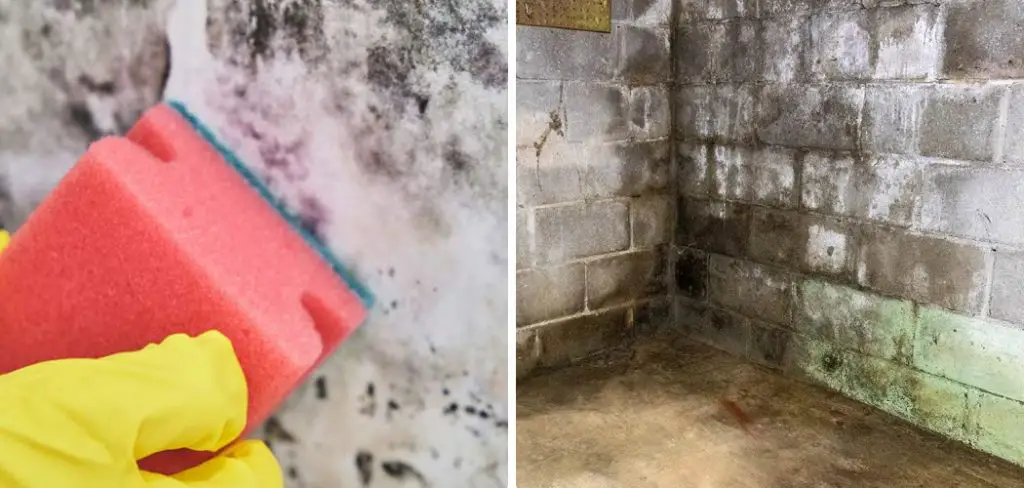
Tools and Materials
- Bucket and mop
- Bleach, household cleaner, or cement cleaner
- Protective gloves and goggles
- Drying clothes or fans for large areas
- Broom and dustpan
- Sponges, nylon scrubber, or stiff bristle brush
- Vacuum cleaner
- Paint roller and paint tray
- Rags and towels.
A Stepwise Guide on How to Clean Concrete Basement Walls
Step 1: Determine the Best Cleaning Solution
Numerous cleaning solutions can be used for concrete basement walls. Bleach, household cleaners, and cement cleaners are the most popular options available to clean concrete walls. Dilute a small amount of bleach in water and apply it to the wall with a sponge or mop. This should remove any greasy or oily substances on the wall and restore it to its original look. Household cleaners such as dishwashing liquids may also work well when diluted with water and applied using a broom or scrubber brush.
Cement cleaners can be purchased from hardware stores but must be applied since they are hazardous materials. Protective gloves must always be worn when using these chemicals since they can cause skin irritation, corrosion of metal surfaces, damage your clothes and cause other health hazards if they contact your skin.
Step 2: Scrub Wall Using a Nylon Scrubber or Stiff Bristle Brush
If the cleaning solution does not remove all marks from the concrete, you may need to take more drastic measures. A power washer can be used for this purpose, but safety measures must prevent accidents and other unsafe conditions. Wear protective goggles, clothes, and gloves before starting. For best results, use a medium pressure power washer with a minimum flow rate of 1 GPM (gallons per minute).
Start at a distance of about five feet from the wall and aim the jet stream against the marks on your wall. Avoid areas where the water could damage anything near the border, such as vehicles or woodwork, and never point the spray towards any part of your body. Then, you can scrub the area with a nylon scrubber brush and rinse it with clean water.
Step 3: Use a Vacuum to Remove Dust and Debris
Once you have finished using your power washer, the next step is to use a vacuum cleaner to suck up all dry particles from the surface of your wall before they set into stains. Allow everything to dry with fans pointing at the border if recently washed down with water so that most dirt particles are completely removed.
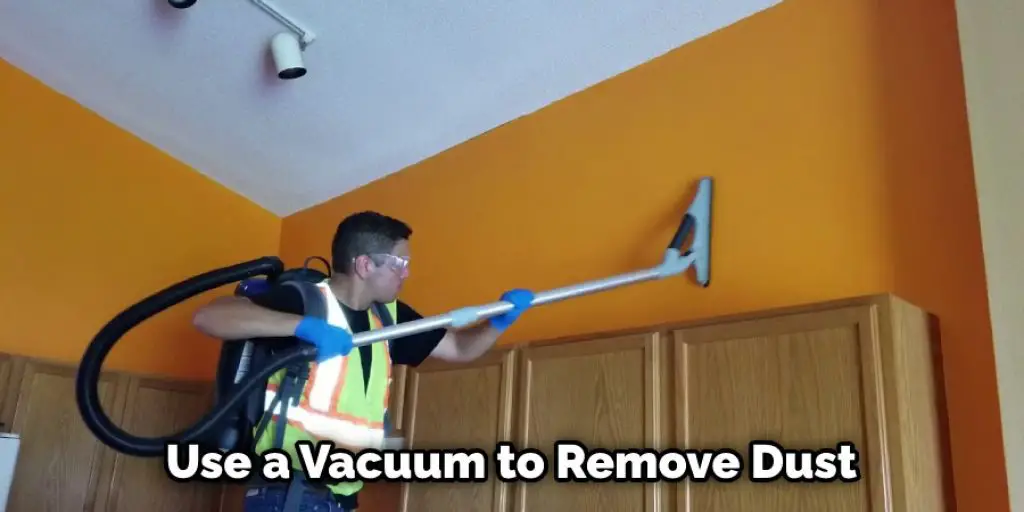
If there is any moisture on the floor or ground surrounding your concrete basement wall, allow these areas to dry before proceeding further. This will prevent any mold or mildew from growing on your walls.
Step 4: Sand the Wall if Necessary
Suppose you need to do some spot repairs on the wall, sand down rough or uneven bits so that they blend in with the rest of your wall. You should only use an electric sander for this purpose if you are confident about using one safely. Wear goggles and protective clothes specially made for handling electrical equipment during this process to prevent any accidents. If necessary, repair cracks or holes in the wall before painting it.
Step 5: Fill Any Dents or Holes
You can fill dents and holes on your concrete wall with a drywall compound mixed with a water solution, which will allow it to sit correctly even when used on damp surfaces like concrete basement walls. Then, use a putty knife or trowel to spread this material over the area before it dries completely. Once dry, sand the area with fine-grain sandpaper to smooth out bumps and ridges from your wall surface.
Step 6: Apply Primer
Once all marks have been removed from your concrete wall, apply a coat of primer compatible with your chosen emulsion color. Allow 24 hours for the paint to dry before painting your walls. Make sure you select a specific coating made to paint concrete basement walls. The kind of paint you use will determine how long your paint job lasts.
You can apply several coats to achieve a better quality finish, giving the wall more protection against water and other contaminants that could damage it in the future. This is a crucial step in how to clean concrete basement walls.
Step 7: Apply Color Matching Emulsion Paint to Your Wall
Only use high-quality water-based emulsion paint for this step. Make sure the color covers all areas of your concrete wall and applies a smooth coat without brush marks or streaks. If necessary, apply two coats to achieve a better quality finish. After 24 hours, allow your newly painted walls to dry before you start using them again. Do not store any items on your basement floor for at least one month so that moisture can dissipate from damp surfaces evenly.
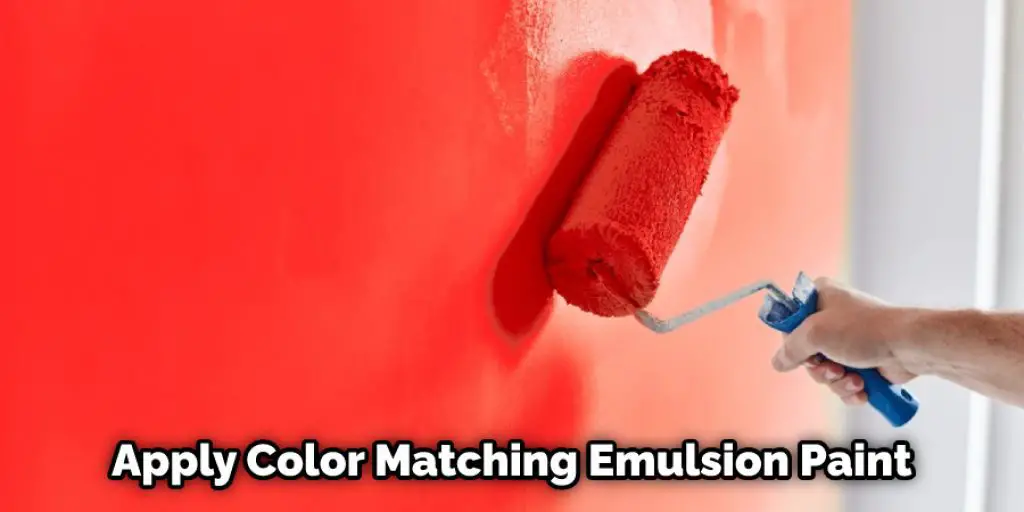
Emulsion paint is an oil-based paint with a milky white color. It contains both oil and water, which allows it to adhere to surfaces like concrete basement walls more quickly than other types of paint. Generally, emulsion paints are made with either acrylic or vinyl resins as the main binder for the pigment particles in the mixture.
This makes them compatible with most wall surface materials like concrete, plaster, brick, stone, and wood siding panels. They also contain thickeners that provide consistency to the product without making it too thin or runny.
Step 8: Finishing Touches
Once you have finished painting all surfaces of your basement walls, allow everything to dry for a day before decorating or hanging heavy objects on them. Seal all newly painted walls with a coat of emulsion varnish compatible with the paint you use to protect your new wall from moisture and mold.
This will also prevent any peeling off of the color-matching paint in the future due to low humidity levels in basements. And there you have it! If done correctly, painting a concrete basement wall may be difficult. It’s not impossible.
With a little bit of elbow grease and a few gallons of paint, you can quickly transform an ugly gray wall into something extraordinary throughout one weekend. These steps will help in how to clean concrete basement walls.
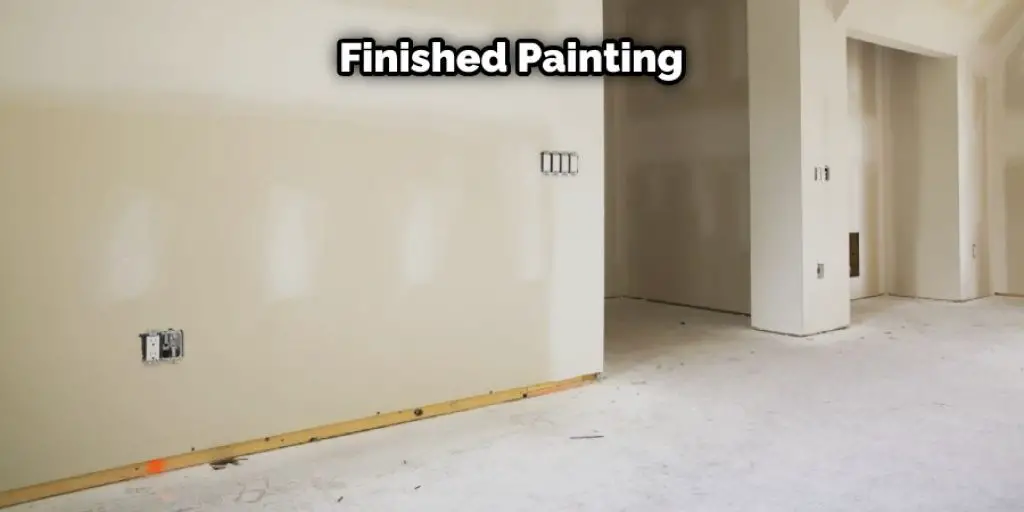
Tips and Warnings
Tips
- Use an air compressor to blow off loose dirt and help to dry out the walls.
- After working on a section, use a wet/dry vacuum to clean up sand and dust from the work area.
- Always be sure to follow the manufacturer’s directions. If you are unsure, always ask before using any chemicals or heavy machinery.
- Always wear protective gloves and eye protection. Also, ensure that any old clothing you are wearing doesn’t have a finish on it, which may be affected by chemicals or machinery.
- Remember that clean concrete is much easier to repair and paint than dirty concrete.
Warnings
- Always be sure to wear protective clothing and equipment when cleaning basement walls. This includes goggles, dust masks, gloves, long sleeves, pants, and shirts that are tucked into your boots or socks.
- Be very careful not to knock out any of the wall supports by over-pressurizing washing machines or dryers in the basement.
- Ensure that you are aware of any chemicals that may be harmful to your family or children. Please do not bring them into areas frequented by either party.
- Never use any power tools without wearing goggles or masks for eye safety.
- Never work alone! Always have someone available nearby to assist if needed.
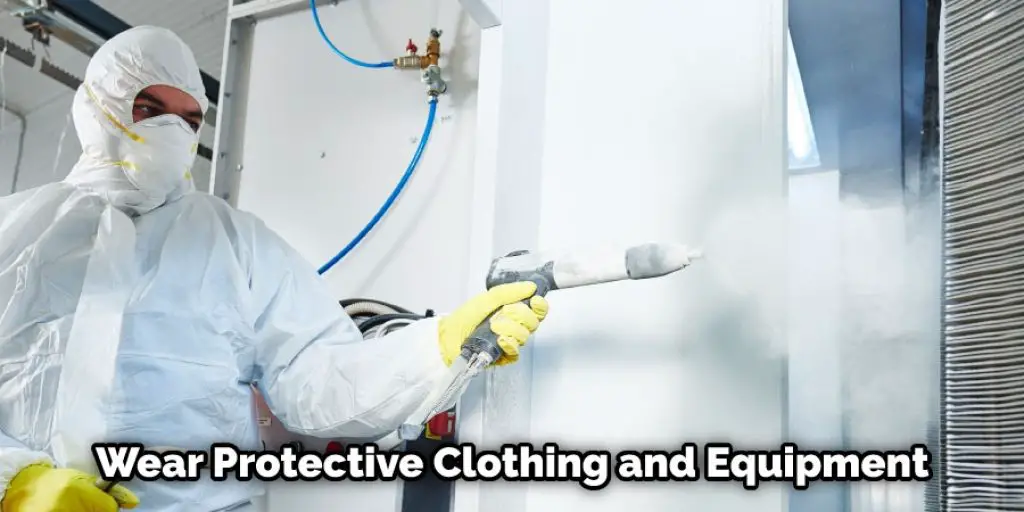
You Can Check It Out To Remove Drylok from Basement Walls
Frequently Asked Questions
What Kills Mold on Basement Walls?
Molds can grow quickly on basement walls if they have moisture and warmth. Moisture is drawn in from the environment, and combined with the warmth of your home; Molds will proliferate. To prevent mold growth, make sure that there is adequate ventilation in your basement and keep it at a comfortable temperature (between 60-75 degrees). Additionally, seal any cracks or vents to improve airflow. Clean surfaces regularly using a Mold Control Formula specifically designed for such applications.
Does Black Mold Grow on Concrete Basement Walls?
It is not uncommon for black mold to grow on concrete basement walls, as the moisture and darkness make it an ideal environment for fungi. If you notice any strange smells or evidence of mold growth, it is important to contact a professional immediately. Otherwise, you could be putting your health at risk by exposure to the fungus.
What Can I Use to Clean My Basement Concrete?
The best method depends on the type of cleaner that you’re using and the severity of the stain. Here are a few general tips to get you started:
1. Use a general cleaner – A general cleaner such as dishwashing detergent will work well to clean most stains on concrete. Be sure to test a small area first to make sure the cleaner doesn’t leave any residue.
2. Use an acidic cleaner – Acidic cleaners such as vinegar will help to break down the stains and remove them more easily. Again, be sure to test a small area first before using it on a larger surface.
3. Use a pet-safe cleaner – Some pet-safe cleaners are specifically designed for cleaning concrete. They typically have ingredients that won’t damage the surface or harm your pets in any way.
4. Mix together two cleaners – If none of the above cleaners work well enough to remove the stain, try mixing together two of them and using that as your final solution. Be sure to test it first on a small area before applying it to your entire concrete surface.
Is It Ok to Use Bleach on Concrete?
If you’re concerned about staining your shoes or furniture when you spill gasoline or ketchup onto the floor, then it might be best to avoid using bleach. However, if your concern is more general – like whether bleaching will improve the appearance of faded concrete – then there isn’t much evidence that bleaching will have an impact. In fact, some experts say that repeated exposure may actually cause damage and discoloration in concrete over time.
Conclusion
We hope now you know how to clean concrete basement walls. The best way to clean concrete basement walls is by using mild detergent and water. Detergents are designed to break down dirt, grime, grease, oils, soap scum, or other substances that cling to the surface of the wall.
Mildness is critical when cleaning your house’s foundation because harsh chemicals can eat away at the cement! After washing with warm water for about 10 minutes, use cold water to rinse off any excess detergent residue before allowing them to air dry.








